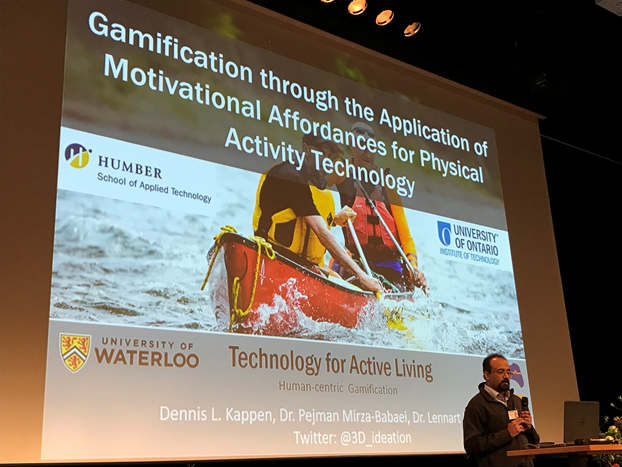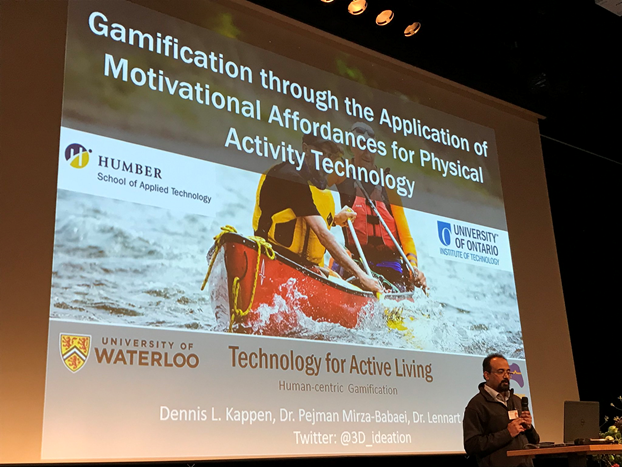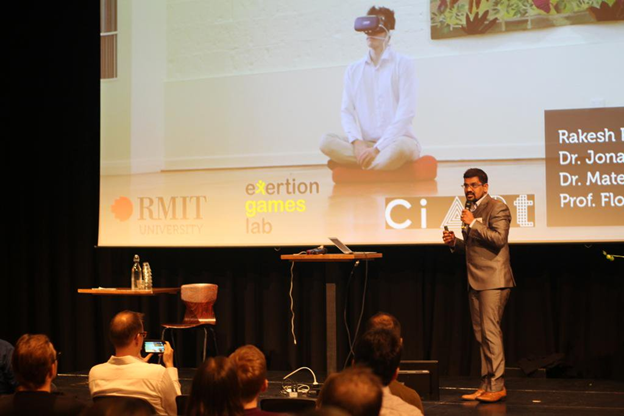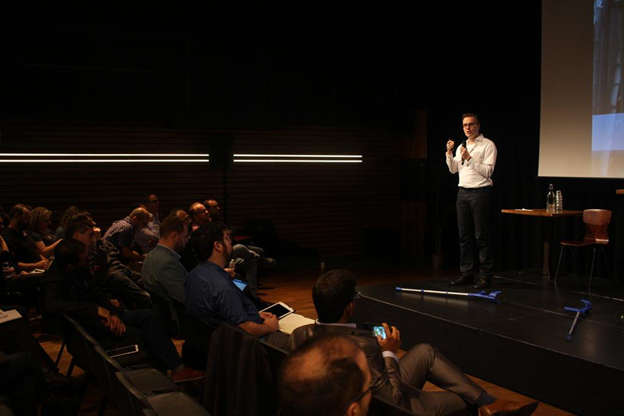
CHI PLAY 2017 was held in Amsterdam, one of the most relaxed and serendipitous places on earth, where time and transit did wait for you to experience the grandeur of architecture, design and human connections. People were quite helpful, courteous and very eager to show you the way around.

CHI PLAY as a conference has always been close to home since my first presentation at the First International Conference on Gameful Design, Research, and Applications — Gamification ’13. This conference was re-christened as CHI PLAY in 2014. Over the past five conferences, CHI PLAY 2017 was my fourth successful publication in this conference series. It was a great privilege and honour to present a chapter from my PhD dissertation at this conference attended by many distinguished scientists, researchers, designers and developers.
While CHI PLAY had workshop sessions on 14th and 15th October, I decided to focus on my presentation because I was the first presenter scheduled for the Monday morning session entitled Let’s get physical. Prior to this session there was a fantastic gaming duel that combined real-time cello play that deployed ammunition to defend a fortress against four players who used controllers to steer their tanks and attack the fortress.
Let’s get physical
This session focused on research on gaming technologies and gamification from the context of physical activity. Being the first presenter is challenging because Murphy’s Laws are always in play. While I do not enjoy being the first presenter because of potential technical difficulties, having done the presentation, the prospect of being able to connect with other researchers in a more relaxed and less stressed out manner seemed promising. This year, each presenter was given a 10-minute presentation time frame to present a summary of their full paper publication. At the onset, while prepping for the presentation, this seemed to be a big challenge to try and compress 10460 words from 10+ pages into 12 slides to communicate the motivation, methodology, method, key takeaways and contributions of the research paper. However, every constraint presents an opportunity to do something different, especially in the context of changing one’s presentation format to meet the 10-minute window. Therefore, for this presentation, I decided to create slides that focused more on the experience of physical activity with few key phrases per slide.
My paper was: Dennis L Kappen, Pejman Mirza-Babaei, and Lennart E. Nacke. 2017. Gamification through the Application of Motivational Affordances for Physical Activity Technology. In Proc. of CHIPLAY ’17, 5–18. https://doi.org/10.1145/3116595.3116604

In a nutshell, this paper presented research on differentiating motivational affordances (gamification elements) for different age groups. This research also provided age-differentiated design guidelines that could be used to develop customized physical activity technology for different age groups. The slides for this presentation can be seen on Slideshare:
A unique aspect of the presentation on LifeTree, which was a virtual reality breathing exercise game researched by Rakesh Patibanda from the Exertion Games Lab in Australia. I enjoyed the approach of using breathing as a controller to build a digital tree. Interestingly, the lifeless form of the tree begins to come to life as the gamer exhales into the breathing device. This interaction also raised an interesting question from the audience that exhalation is synonymous to blowing away, where as this action from the gamer resulted in adding leaves to the trees.

Personally, I liked the presentation about the 13 Game Lenses from the Exertion Games Labs, presented by Floyd Mueller, because of the informal manner in which this paper was presented. While the 13 experiential lenses developed seemed obvious, it was critical to note that these lenses were specific to the jogging experience. It was interesting to note that the lenses were derived through literature reviews and personal experiences. I hope that these lenses could be used in long-term studies to help with generalization of these ideas.

Personally, my experience with the CHI PLAY conference series was that it presented a serious fun platform where novice researchers are encouraged to do groundbreaking research under the tutelage of giants. Over the past many years, this conference has enabled me to connect with many experts in the field of gaming, games user research, gamification, user-centred design and experience design to mention a few areas in human-computer interaction that sparked my interest. I am thankful to collaborate with many experts on CHI PLAY publications, especially for their mentorship in my quest for a Ph.D. Being at the last stage of my Ph.D., with the defence behind me, CHI PLAY 2017 could very well be my last in this series, nonetheless, never say never!
Written by Dennis Kappen of the HCI Games Group.


